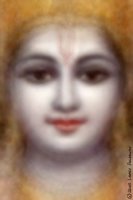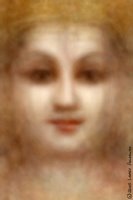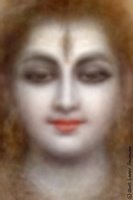Nagpanchami is a very important Hindu festival and is celebrated on the fifth day of the moonlit-fortnight in the month of July /August. This is the time when serpents invariably come out of their holes that get inundated with rain-water to seek shelter in gardens and many times in houses. It is celebrated with more fervour especially in the rural areas. On that day women and children visit snake-pits and worship the snakes residing there by performing invocative prayer and offering milk and honey to the snakes. In urban areas where snake pits are rare, clay images of the deity are worshipped. Even snake-charmers carry captive snakes from door to door to enable city house-wives to worship the deity.
Right from the beginning of mankind, Sun and Snake have been invoked with prayers and ritual worship in most of the countries. In
In ancient
The thousand-headed Sheshnag who symbolises Eternity, is the couch of Lord Vishnu. It is here that the Lord reclines between the time of the dissolution of one Universe and creation of another. Hindus believe in the immortality of the snake because of its habit of sloughing its skin. As such Eternity in Hinduism is often represented by a serpent eating its own tail.
It is an age-old religious belief that serpents are loved and blessed by Lord Shiva. May be that’s the reason Shiva always wears them as ornamentation around his neck. Most of the festivals that fall in the month of July/Aug are celebrated in honour of Lord Shiva. Along with Him Snakes too are worshipped. Live cobras or their pictures are revered and religious rights are performed to seek their good will.










